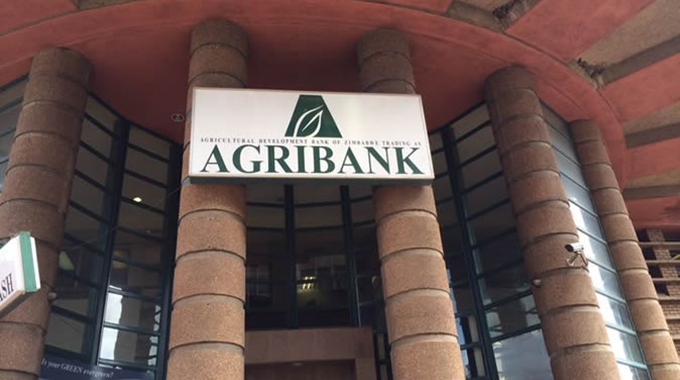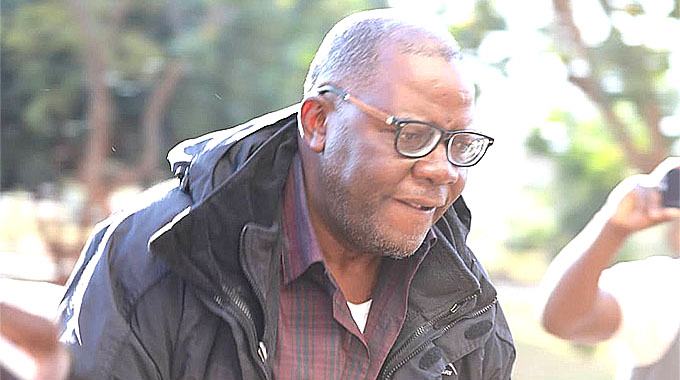Agribank profit jumps 90pc

Golden Sibanda Senior Business Reporter
AGRIBANK’s before tax profit jumped 90 percent to $4,135 million in the half year to June 30, 2018, driven by significant growth in productive lending to agriculture and strong outturn in non-funded income, chief executive Sam Malaba said.
Mr Malaba told a media briefing in Harare on Wednesday that non-funded income, at $7,1 million, had grown 82 percent from $3,9 million in the six month period to June 2017.
Stellar financial performance in the half year to June 2018 saw Agribank recording an 11 percent growth in net operating income to $18,8 million compared to the same period last year.
“The bank’s growth in non-funded income was due to significant growth in customer accounts, as well as transactions particularly through the electronic banking channels,” Mr Malaba said.
He said that strategic initiatives resulted in growth of 76 percent in customer accounts and an increase of 21 percent in point of sale machines since December 31, 2017. Mr Malaba said significant growth in the bank’s loan book in the second quarter on the agriculture portfolio, projected persist to the end of the year, also drove profitability.
“Loans and advances closed 30 June 2018 at $134 million, increasing by 41 percent from $95,89 million, as at December 31, 2017,” the Agribank chief executive said.
Mr Malaba said the bank had also benefited from mobilising cheaper retail deposits, hence the significant growth registered in the average cost of funding. The bank saw its interest expense decline 39 percent to $2,9 million in the half year.
The reduction in the interest expense was a result of a $40 million in the Aftrades line of credit facility, Mr Malaba pointed out, which had been replaced with cheaper deposits.
Total operating expenses however surged 11 percent to 12,8 million, which Mr Malaba said was in line with business growth initiatives undertaken during the period under review.
But despite the growth in total operating expenses, both the total cost to income ratio and staff costs to income ratio remained at 68 percent and 31 percent, respectively.
Mr Malaba said Agribank was on course to achieve full year staff cost to income ratio of 30 percent or below in line with the benchmark for state owned entities.
The bank’s total assets declined by 2 percent to $268 million mainly due to a 10 percent decline in deposits from customers, which is line with liquidity patterns in the market. The loans to deposit ratio rose to 70 percent from 48 percent last December.
Gross loans and advances increased by 41 percent from $95,85 million in December to $134 million by June 2018 driven by expanded productive lending to agriculture.
The bank’s liquidity position was 58 percent during the half year to June 30, 2017, a figure which is above the statutory threshold requirement of 30 percent.
Mr Malaba said the bank’s Treasury Bill holdings at $70,1 million on June 30, 2018, representing 27 percent of total assets, had declined from $76,9 million held as at December 31, 2017.
Agribank’s capital adequacy ratio was 33,42 percent on June 30, 2017, after retreating from 38,57 percent in the same period the prior year on the back of an increase in risk weighted assets.
The bank’s shareholder funds increased by 4 percent in the six months to June from $57,67 million in the same period last year as a result of this year’s attributable profit.
Mr Malaba said the State agriculture funding bank’s regulatory capital as at June 30, 2018 was $55,79 million and is above the minimum regulatory capital of $25 million.








Comments